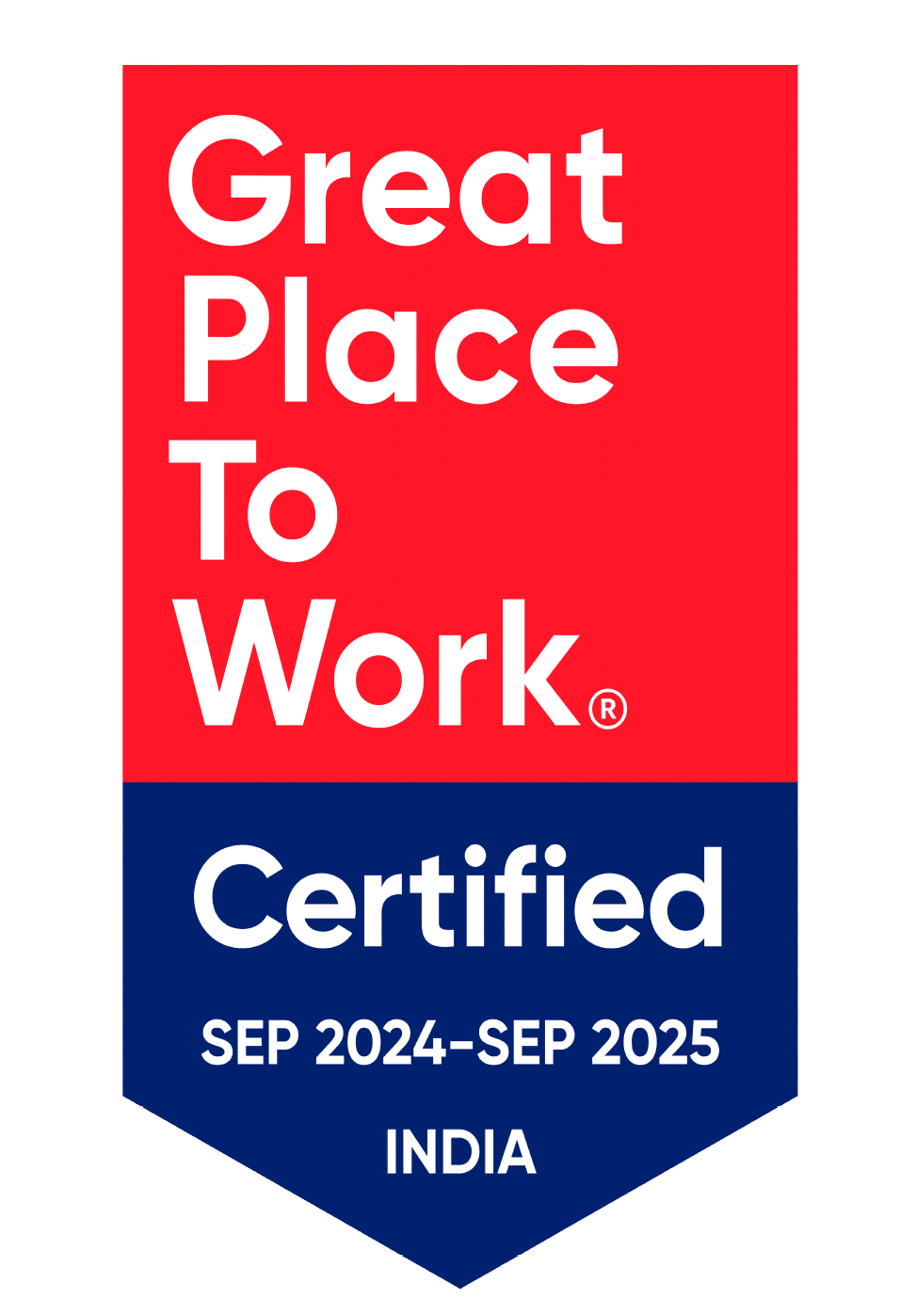_QnKeR_AXu.webp)
Finding great talent is hard when competition is high. Without a clear system, recruiters waste time, lose good candidates, face delays. A recruitment tracking system changes this by streamlining every step, helping companies hire smarter and faster.
✨
Quick Read
Summary generated by AI, reviewed for accuracy.
Struggling to keep up with tasks? The right task management tool can bring clarity, reduce stress, and keep everything on track—whether at work, school, or home. No more missed deadlines or scattered to-dos.
Tools like Trello, Asana, and ClickUp make it easy to stay organized your way. Try a few, pick what fits best, and watch your productivity grow. Simpler, smoother work is just a step away.
What Is a Recruitment Tracking System?
It is software that organizes and manages hiring from start to finish. Think of it as a digital assistant that works 24/7 to post jobs, track applicants, schedule interviews, store candidate data in one place. With this tool, teams can:
- Automate repetitive tasks
- Keep applicant information organized
- Speed up decision-making
- Improve applicant’s experience
This smart approach helps companies save time, reduce errors, secure top talent efficiently.
Why Recruitment Tracking Systems Matter:
Hiring today moves quickly. Job seekers expect fast replies with smooth experiences. Poor communication causes companies to lose talent while damaging their image. LinkedIn 2024 reports, 70% of candidates lose interest if they do not hear back within a week. A strong recruitment tracking system organizes the process while creating a positive journey for every applicant. Here is how it helps:
- Cuts hiring delays by automating steps that often slow teams.
- Keeps prospects engaged through timely updates plus clear communication.
- Lightens recruiter workload so they focus on building connections with skilled people.
- Strengthens employer brand by showing applicants their time matters.
When applicants feel valued, they accept offers faster, stay longer, share positive experiences, attracting even more talent to your company.
Powerful Advantages of Adopting a Recruitment Tracking System:
A recruitment tracking system transforms how teams hire. It speeds up processes, improves communication, drives better results for recruiters as well as applicants.
1. Faster Hiring: Automation takes care of job postings, resume sorting, plus follow-ups. Recruiters spend less time on paperwork, leaving more room to connect with skilled candidates.
2. Better Candidate Experience: Applicants value quick updates with clear communication. When each step feels smooth, they see your company as professional while feeling respected.
3. Lower Costs: Automated workflows cut repetitive work while reducing errors. This saves resources, helping companies focus on growth instead of admin tasks.
4. Stronger Team Collaboration: Real-time updates keep hiring teams aligned. Everyone can track progress, share feedback, move quickly toward the right decision.
5. Data-Driven Insights: Reports show what works best along with areas that need tweaks. These insights refine strategies, leading to stronger outcomes with every hire.
6. Strong Employer Brand: Using smart tools signals that your company embraces innovation. This positive image attracts top talent eager to join forward-thinking workplaces.
Core Features to Look for:
When choosing a recruitment tracking system, make sure it includes:
- Applicant Tracking (ATS): Monitor every applicant’s journey in real time.
- AI Screening: Filter resumes to spot top talent quickly.
- Job Board Integration: Post to multiple sites at once without extra effort.
- Interview Scheduling: Book meetings easily with automated calendars.
- Analytics Dashboard: Monitor key metrics such as time-to-hire and offer acceptance rates with ease.
- Mobile Access: Handle hiring anywhere, anytime.
- Collaboration Tools:Enable team discussions inside this platform.
- Compliance Features: Stay aligned with legal standards during hiring.
Such features save time while giving recruiters a clear view of every step.
How This System Works:
This platform streamlines each hiring step, turning a complex process into a smooth journey. Every stage plays a key part in finding the right fit:
1. Sourcing Talent: Post openings across job boards, seek referrals, tap into social platforms to reach a wider pool. This method draws interest from active job seekers as well as passive talent.
2. Screening Applications: AI filters with tracking tools sort resume quickly, highlighting strong profiles without hours of manual work. Initial steps speed up without losing focus on quality.
3. Interviewing: Automated scheduling removes endless back-and-forth emails. Recruiters stay focused on meaningful conversations, making interviews more productive for everyone.
4. Evaluation: Collect feedback in one place, compare notes, rely on shared data to align decisions. This visibility ensures fair, informed choices.
5. Offer Stage: Send digital offers promptly, with clear next steps that keep applicants engaged while reducing drop-offs at this point.
6. Onboarding Prep: Some platforms connect with onboarding tools, helping new hires settle in smoothly from day one. Smooth handoffs help new hires settle quickly, increasing retention plus raising early productivity.
Who Should Use This System?
A recruitment tracking system serves many types of organizations, making hiring easier for all.
- Small Businesses: Save hours during hiring while scaling smoothly.
- Staffing Agencies: Handle large volumes of applications without feeling overwhelmed.
- HR Teams: Simplify internal recruitment with structured workflows.
- Growing Companies: Bring in skilled people quickly to support expansion.
Regardless of company size, this tool ensures each hire flows through a clear, organized pipeline, improving outcomes at every step.
Best Practices for Success:
To get the best results from a recruitment tracking system, follow these tips:
- Keep talent pools engaged by sending regular updates.
- Apply data findings to fine-tune your hiring plan for better results.
- Work closely with managers to align on needs.
- Automate repetitive tasks while keeping communication personal.
- Monitor KPIs such as time-to-hire, offer acceptance, applicants experience.
Ongoing improvements make hiring smoother while keeping teams ahead of challenges.
Why This Strategy Is a Game-Changer:
- Adopting a recruitment tracking system transforms hiring into a smooth, well-organized process. Recruiters stay focused, candidates feel appreciated, companies build stronger teams faster.
- A well-planned process lowers stress and boosts hiring outcomes. Businesses fill roles quickly while creating a positive experience that attracts top talent, driving strong long-term growth.
Conclusion
Hiring should not feel like a constant struggle. A recruitment tracking system gives your team the power to hire smarter, speed up every step, bring in talent that fuels success. This solution goes beyond software—it works as a true growth partner, helping your business stay ahead in a fast-moving job market.
Ready to Level Up Your Hiring?
Take control of your recruitment journey today. Book a demo now to see how our AI-driven recruitment tracking system makes hiring effortless while helping you secure top talent with confidence.
Join Our Creative Community
Frequently Asked Questions
Is a recruitment tracking system expensive?
Not always. Many providers give flexible pricing, with some offering free plans for small teams. You can start small then upgrade as needs grow.
Can it support remote hiring?
Yes. Most modern systems include tools for virtual interviews, online messaging, plus remote teamwork, making hiring from anywhere simple.
Does it require training?
Very little. These platforms come with easy-to-use dashboards. Vendors often share tutorials, quick guides, plus helpful support to speed up learning.
Does it improve diversity?
Yes. AI features remove bias during screening, helping attract a wider mix of candidates and building stronger, inclusive teams.
Can it connect with other HR tools?
Yes. Many systems link smoothly with payroll, onboarding platforms, or HR software, keeping everything in one place while cutting manual tasks.





_JiluXJRGNl.svg)




_svxLrd-8yH.png)

_2VYSFUTN5m.png)
_2djTKNocf.png)





_Rapo0hRMBy.png)


























